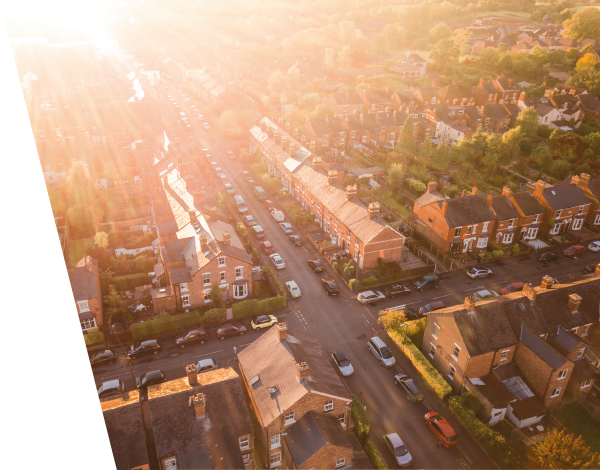Businesses
When thinking about health and safety at work we look to potential hazards that are present in the workplace, but in reality the biggest hazard can actually be out on the road. Keeping a workforce safe should be an employers top priority. Drivers themselves are not the only individuals that need to be aware of road safety. As an employer or manager you have the responsibility for your staff throughout their working day. This includes when they are out on the road, even if they do so in their own car.
Making sure that shift patterns do not affect driver fatigue is just one of the areas employers need to take note of in ensuring their workforce is safe. Under the Management of Health and safety at Work regulations 1999 employers have to make sure that they conform with the management of health and safety effectively. Carrying out risk assessments on employees will be essential while they are at work and to benefit other people who could be affected by their activities. This is especially relevant when it comes to driving for work, as this will be carried out in the public domain. Regulations stipulate that employers/business managers need to periodically review employee risk assessments so that they remain appropriate and up to date.
For more information visit drivingforbetterbusiness.com
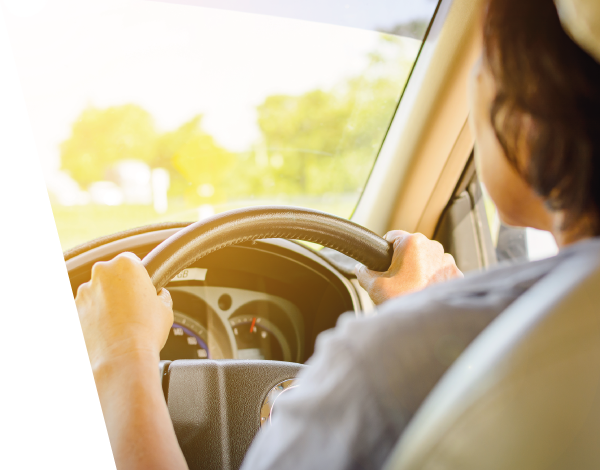
Cyclists
Hundreds are returning to cycling as a way of staying fit, improving their lifestyles and reducing demands on the environment; all of which is great news. However, the number of cyclists who are being injured on our roads has also started to rise.
Urban Limits provides advice on where you can find the best routes; thoughts on kit and maintenance; advice on security, road positioning and visibility. Join the discussion online, download the app or visit us at one of the events.
Urban Limits is a place to connect for advice and information on cycling visit the website at www.urbanlimits.org.
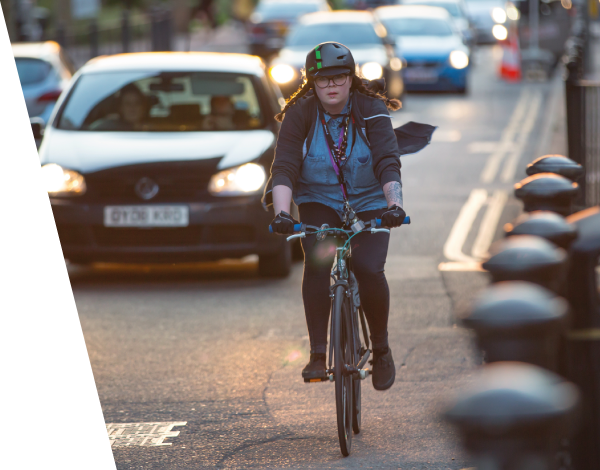
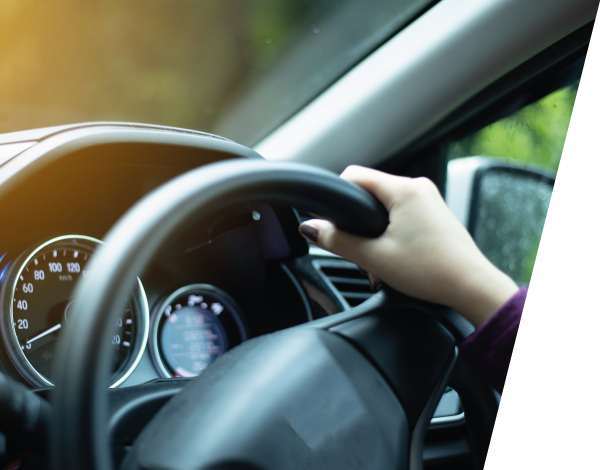
Drivers
Statistics show that new drivers are more likely to have an accident in the first two years after passing their test, due to lack of driving experience. Additional driver training can be of benefit and the Driving Standards Agency has developed Pass plus for drivers who have just passed their test.
Visit Drivestart for more information.
Driving is one of the most dangerous activities you will do in a working day. Up to a third of road accidents involve someone that is at work at the time. Ensuring the safety of people that drive for work is the responsibility of the employer but the driver must also be sure that their vehicle is safe and fit for purpose to remain safe and to stay within the law.
Keeping up to date with modern motoring is essential to remaining safe on the roads. Taking note of an up to date highway code will be essential to understand modern traffic with active traffic management being just one of the things that have adapted the way we drive. With age eyesight may deteriorate and this is where it is essential to get regular eye tests in order to maintain your vision. Age can also effect ability to judge speed and it is also necessary to check the effects of any medication you may be taking on your driving for your and other road users safety.

Motorcycles
If you have never owned or ridden a motorcycle, you may not be fully aware of the problems they face as well as the problems they might cause you when out on the road. What can be a minor collision between cars can be a serious one when a motorcycle is involved because the rider does not have the same degree of protection. It is not a “them and us situation” as we are all road users and as such we all deserve consideration. Many, if not all, riders are also car drivers but not all car drivers own or ride motorcycles.
More information is available on our motorcycle campaign website saferrider.org.
Parents
Most people make sure that children use some kind of restraint when travelling on the road, but it is vitally important to use the right one; and not to use an adult belt before the child is big enough…small children need the protection that baby seats and child seats are designed to provide. Seat belts are designed for adults. Children who have grown out of child seats still need to use booster seats
Getting your child to accept a car seat, even if they’re older, is about making it theirs, making it part of the routine and not frightening or threatening them with horror stories. Children respond really well to calm explanation and the odd treat or two.
Having a correctly fitted seat for your child in the car is essential to keeping them safe in a vehicle. For advice on exactly what seat to use for your child and buying advice go to: www.childcarseats.org.uk
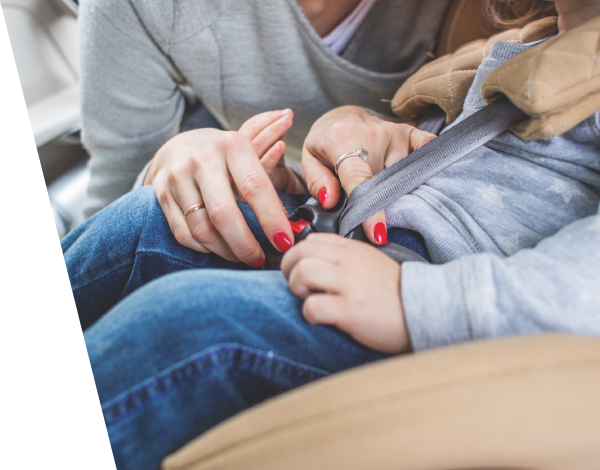
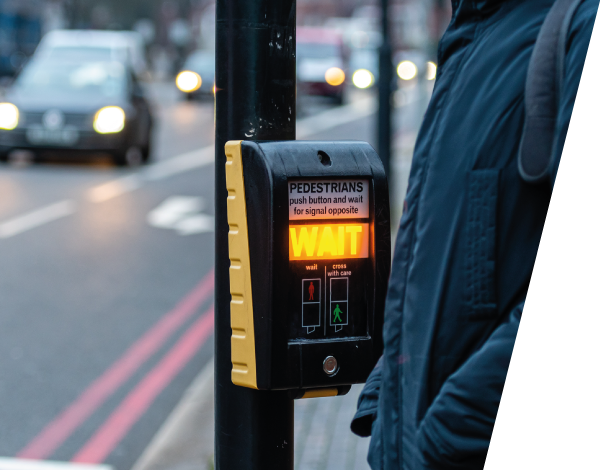
Scooters
Scooters should NOT be used on the road. Motorists will not be expecting to see them among traffic, and because they are so small (especially when ridden by children) they are difficult to see. Their small wheels can easily become stuck in drain covers or pot holes bringing the rider to an abrupt halt, and quite likely throwing them to the ground, in front of vehicles.Scooters should not be used on narrow or crowded pavements, or where they will cause inconvenience, fear or danger to pedestrians, especially elderly or disabled ones. To avoid collisions with innocent people, scooter riders need to keep away from areas where they are likely to come into conflict with pedestrians. A shopper walking out of a store will not expect to be confronted by someone speeding past on a scooter. When crossing the road, dismount a scooter and always use the green cross code.
If you're in Berkshire you may already have access to a free resource to help teach your children about the green cross code. Ask your school for details on accessing the interactive comic.www.safersteps.co.uk
Residents
Speeding still remains a major concern for our local communities in Thames Valley with Neighbourhood Policing Teams finding that speeding is second only to antisocial behaviour as a priority for them to tackle, following consultation with local residents. Many of the concerns relate to roads where there is not a significant collision history and there are many solutions to tackle these problems, You should contact your local Neighbourhood Policing Team as many are already planning and carrying out local enforcement and education action to deal with local concerns. You can find the contact details of your local team through the following link to the Thames Valley Police website.
